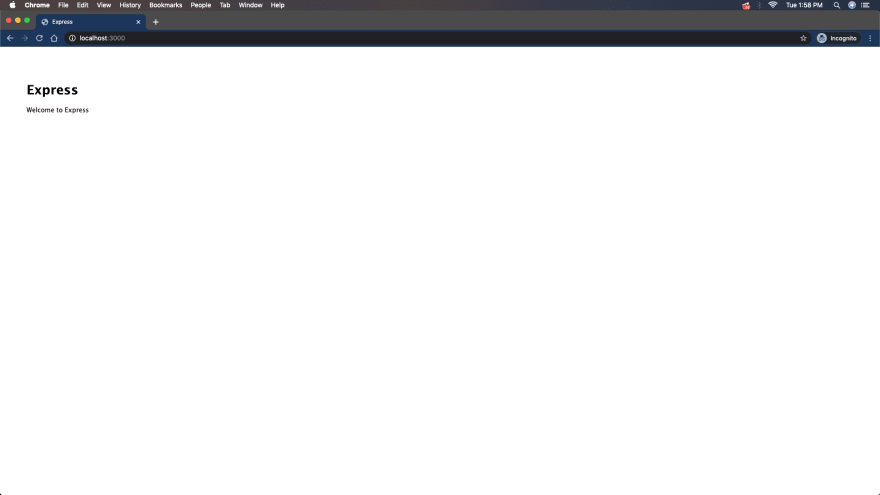

- NODE.JS HOW TO CONNECT TO THE LOCAL DYNAMODB DOCUMENTCLIENT SOFTWARE
- NODE.JS HOW TO CONNECT TO THE LOCAL DYNAMODB DOCUMENTCLIENT CODE
If you need to store files, you are able to use S3 buckets or other cloud storage which works quite nicely. In the next section, I will discuss the Serverless Framework and address the first two bullet points on the list.
NODE.JS HOW TO CONNECT TO THE LOCAL DYNAMODB DOCUMENTCLIENT CODE
Changing cloud vendors will likely require re-writing code.Application code must be stateless (no access to a file system).Managing/organizing code can be difficult.There are also drawbacks to consider when building serverless applications: Variety of options for triggers for running serverless code (API endpoint, message queue, timer, etc.).

Support for many popular programming languages.Simplicity – no managing infrastructure.The benefits of serverless applications are as follows: This results in significant cost savings. For Serverless, you are just paying per request and amount of time your code runs. If you are deploying to a VM you will pay for the entire capacity of that VM for as long as it is running. That is a huge benefit if you are just looking to get an application deployed on a server in a hurry for others to see. All you have to focus on is your application’s code. All of those infrastructure concerns are handled for you. You don’t have to provision a VM or set up automatic scaling. But if you’re running your code on AWS Lambda or as an Azure function, then the server/machine management part is completely abstracted away. If you are running code, of course, there is a server somewhere. What is Serverless Computing?įirst off, the Serverless Application is horribly misnamed. You can view the finished product on Github. Then I will build a Node.js service to do CRUD operations using AWS Lambda, DynamoDB, and the Serverless Framework. In this post, I’m going to briefly touch on what serverless computing is and the pros and cons of using it. Serverless really empowers developers to act on ideas as quickly as possible. Using serverless computing to get up and running takes very little effort and the costs of running an application in the cloud are minimal. The convenience and cost make it a compelling choice for running options in the cloud– Especially for proofs-of-concept or quick ways to prove out ideas. Please keep that in mind as you read the post.Īs a developer, my favorite new technology is serverless computing. March 31: Blockchain Revolution State of The UnionĪttention: The following article was published over 3 years ago, and the information provided may be aged or outdated.GitOps – Declarative CD Intro, Kubernetes + ArgoCD Demo.

Demystifying Enterprise Cloud Modernization.Tracking Lab Results Better With Blockchain Technology.Terraform-Based IaC: Fundamentals with Code.Batching Excel Files in Azure to Order DME.Configuring Hangfire’s BackGround Method for.

NODE.JS HOW TO CONNECT TO THE LOCAL DYNAMODB DOCUMENTCLIENT SOFTWARE


 0 kommentar(er)
0 kommentar(er)
